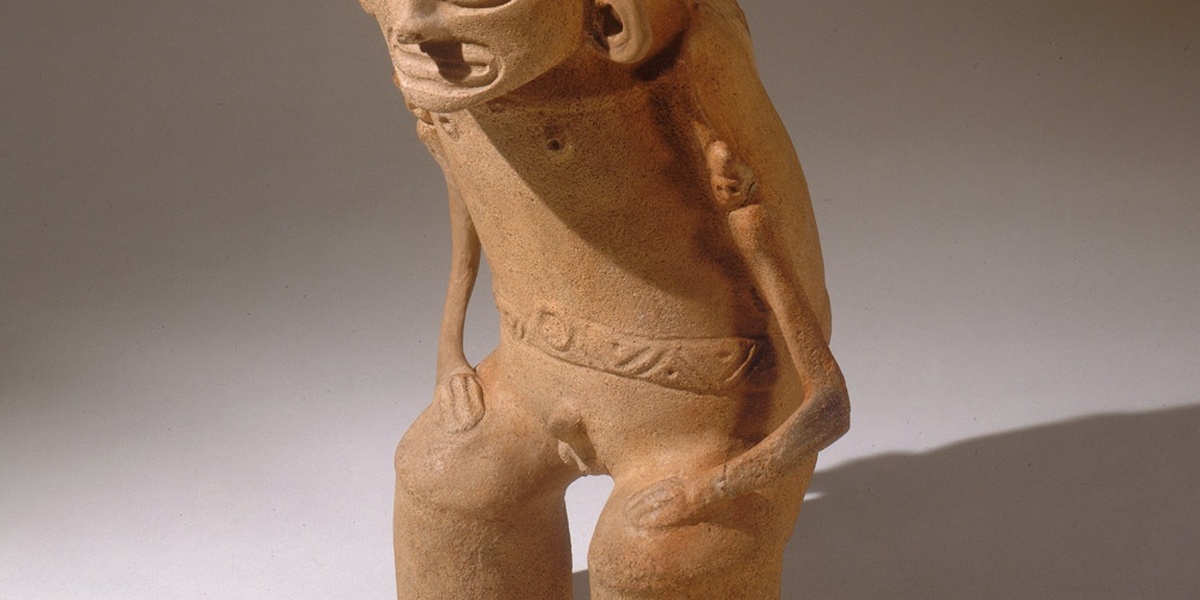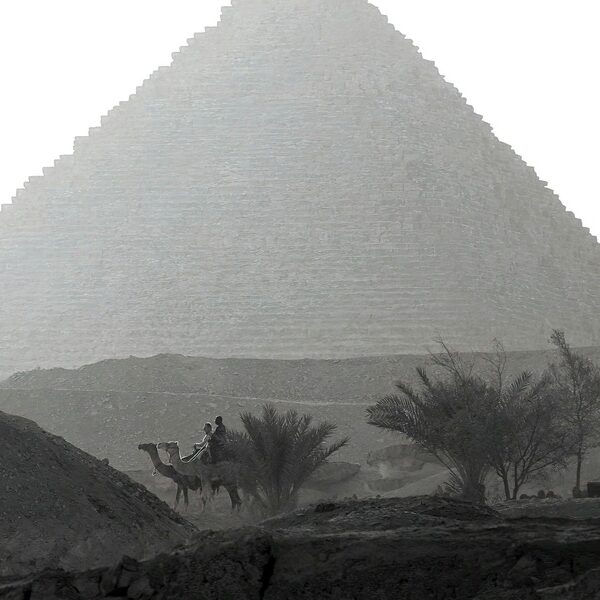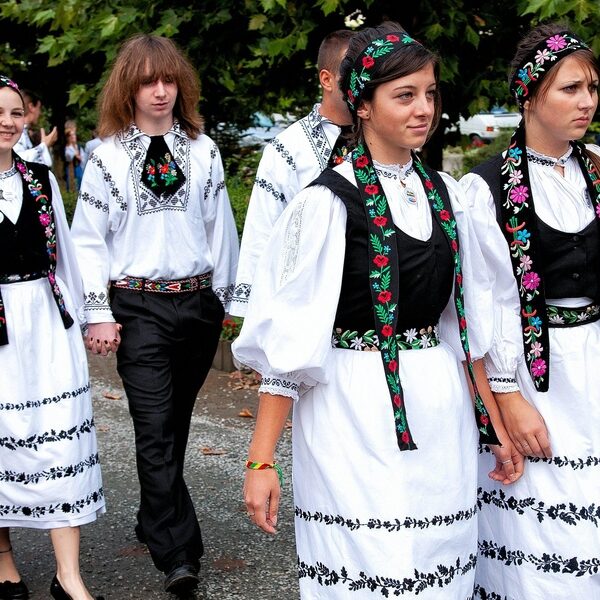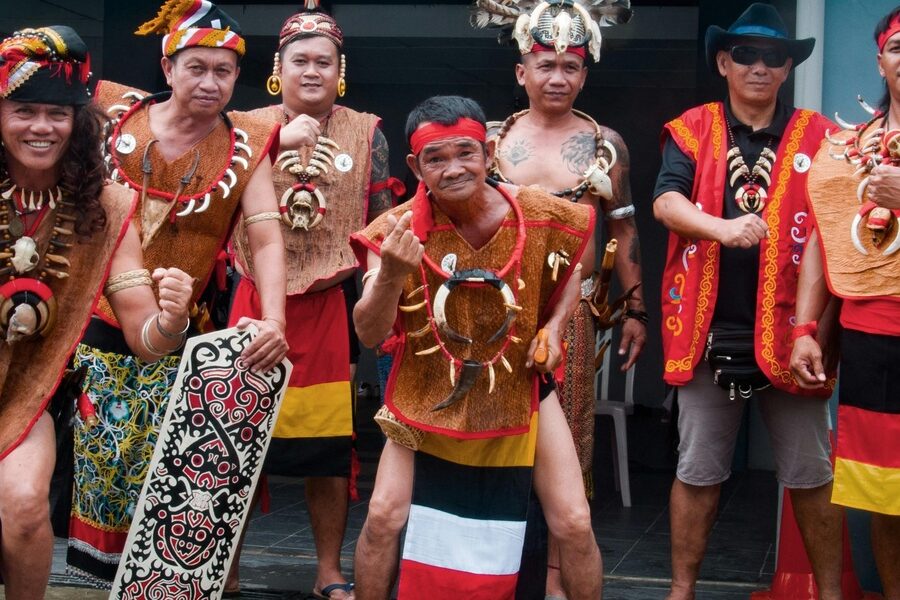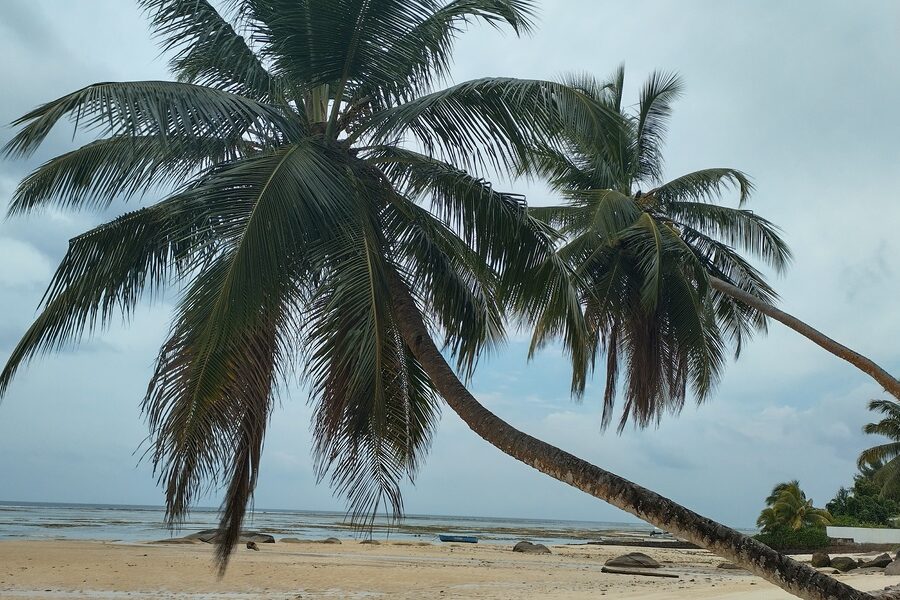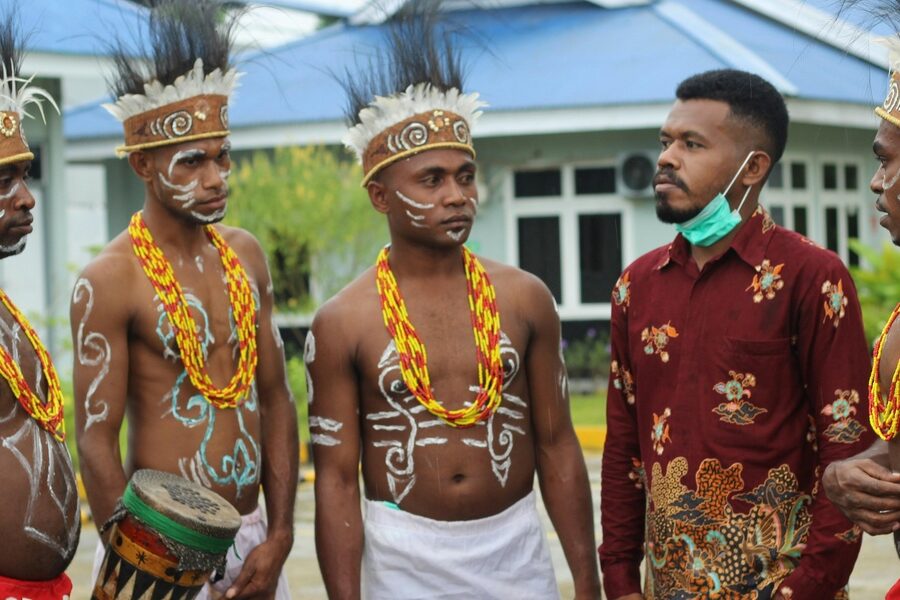Saint Lucia’s history is written into its coasts and place names: European records, archaeology, and oral traditions all point to earlier Amerindian settlements that shaped the island long before colonial borders. That deeper layer of history helps explain why researchers still map old languages as part of the island’s cultural story.
There are 3 Indigenous Languages in Saint Lucia, ranging from Igneri to Taíno. For each entry you’ll find below the fields Status,Language family,Historical region so you can quickly see whether a language survives, its broader linguistic grouping, and where it was spoken historically — from early Igneri communities to later Taíno influence, you’ll find below.
Are any of these languages still spoken in Saint Lucia?
Most are considered extinct or only attested in historical records and place names rather than in daily speech; what survives today tends to be loanwords, toponyms, and cultural memory. If you’re looking for living transmission, focus on community history projects and academic work that document traces and any revival efforts.
How should I read the columns Status,Language family,Historical region?
Status indicates if a language is extinct, attested, or reconstructed; Language family places it in groups like Arawakan or Cariban; Historical region notes where on Saint Lucia the language was used or documented, helping you connect linguistic data to archaeological and colonial sources.
Indigenous Languages in Saint Lucia
| Language | Status | Language family | Historical region |
|---|---|---|---|
| Taíno | Extinct | Arawakan (Taíno) | Pre-Columbian archaeological sites across island |
| Island Carib (Kalinago) | Extinct | Cariban (Island Carib) | Coastal and interior settlements; 16th–17th-century records |
| Igneri | Attested only | Arawakan (pre‑Taíno, hypothesized) | Pre‑Taíno ceramic sites across Saint Lucia |
Images and Descriptions
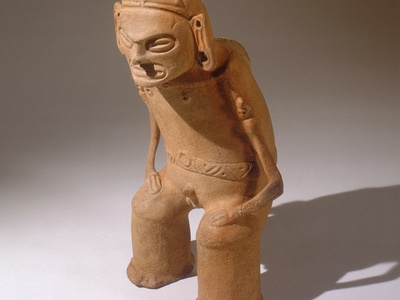
Taíno
Pre-Columbian Arawakan speech documented indirectly by Saladoid-era archaeology and broader colonial-era Taíno records; no native speakers remain. Few clear Saint Lucia toponyms survive, though regional Taíno loanwords (e.g., canoe, hurricane) persist; subject of heritage interest and revival.
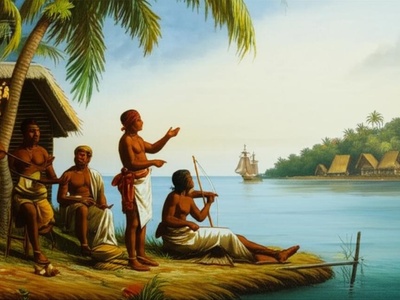
Island Carib (Kalinago)
Cariban language spoken by Kalinago/Island Carib communities at contact; recorded in 16th–17th-century colonial accounts and missionary reports. Extinct on Saint Lucia; some place-names and recorded personal names survive in archives. Cultural legacy endures in historical memory and study.
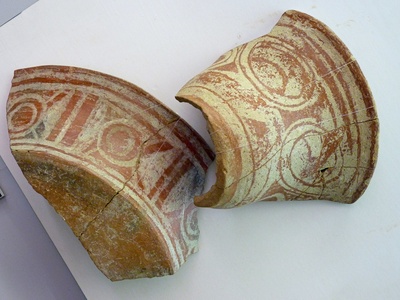
Igneri
Hypothesized early Arawakan speech inferred from pre‑Taíno ceramic traditions on Saint Lucia; attested only archaeologically. No written records or speakers; linguistic affiliation is reconstructed from material culture and comparison with neighbouring islands’ Arawakan sequences.

